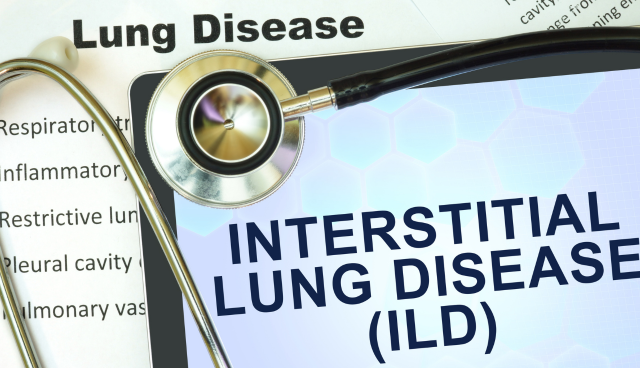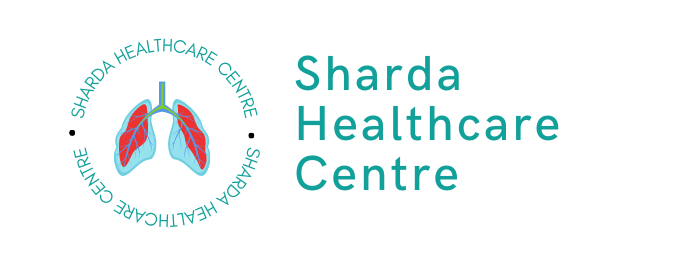
How Interstitial Lung Disease Affects Breathing
What Causes Interstitial Lung Disease?
- Environmental toxins like asbestos or silica dust.
- Connective tissue disorders like rheumatoid arthritis.
- Sarcoidosis – inflammatory cell clusters form in organs.
- Medication side effects.
- Radiation therapy.
In many cases, the specific cause of interstitial lung disease is unknown. Some people may have a genetic predisposition to developing lung scarring diseases.
Interstitial Lung Disease Symptoms
- Shortness of breath – especially with exertion.
- Dry, hacking cough
- Fast, shallow breathing
- Tightness in chest
- Clubbed fingernails or toes
- Joint pain
- Fatigue
- Unintended weight loss
The development of symptoms is gradual, and people may not notice early breathing problems. Once significant scarring occurs, people find it very difficult to get air in and out of the lungs.
How Interstitial Lung Disease Impacts Gas Exchange
Types of Interstitial Lung Disease
- Idiopathic pulmonary fibrosis – Scarring is diffuse throughout both lungs
- Nonspecific interstitial pneumonia – Inflammation and scarring around alveoli
- Cryptogenic organizing pneumonia – Scarring patches around bronchioles
- Sarcoidosis – Scarring from inflammatory granulomas
- Asbestosis – Scarring starts at the bottom of the lungs
Despite the differences, all ILD types impair gas exchange and breathing. Some types like idiopathic pulmonary fibrosis have rapid progression, while others are more gradual.

Diagnosing Interstitial Lung Disease
ILD is diagnosed through a combination of:
- Medical history evaluation – Check for risk factors
- Physical exam – Listen to lungs and check for clubbed fingers
- Pulmonary function tests – Measure breathing capacity
- Blood oxygen level test
- Chest x-ray or CT scan – Detect lung damage patterns
- Lung biopsy – Confirm diagnosis by examining tissue
These tests allow doctors to assess the severity of damage and determine the specific type of ILD. Catching it early improves outcomes.
Treatment Options for Improving Breathing
While there is no cure for most types of interstitial lung disease, treatments can help improve breathing and quality of life. Interstitial lung disease treatment options include:
- Oxygen therapy – Provides supplemental oxygen to make breathing easier. This may involve oxygen tanks or a mechanical ventilator.
- Medications – Steroids to reduce inflammation. Antifibrotic drugs slow lung damage progression.
- Pulmonary rehabilitation – Exercise and nutritional programs to improve lung capacity.
- Surgery – A lung transplant may be an option for younger patients.
- Lifestyle changes – Quitting smoking, avoiding air pollutants.
Treatment is tailored to each person based on the ILD type, severity, age, and overall health. A multidisciplinary approach with different specialists can help manage symptoms.
Outlook for Interstitial Lung Disease
Conclusion:
Interstitial lung disease refers to a group of disorders that cause progressive scarring in the lungs. This scarring impairs the lungs’ ability to transfer oxygen into the bloodstream, leading to severe shortness of breath and problems with breathing. While there is no cure for many forms of ILD, modern treatments can help improve lung capacity and make breathing easier. By understanding the causes, symptoms, and treatment options for interstitial lung disease, patients can work with their healthcare team to manage their condition. With proper care, many people with ILD can still live active, fulfilling lives despite the breathing challenges they face. Continued research offers hope that new therapies may slow disease progression and further improve the outlook for those diagnosed with these chronic lung conditions.
